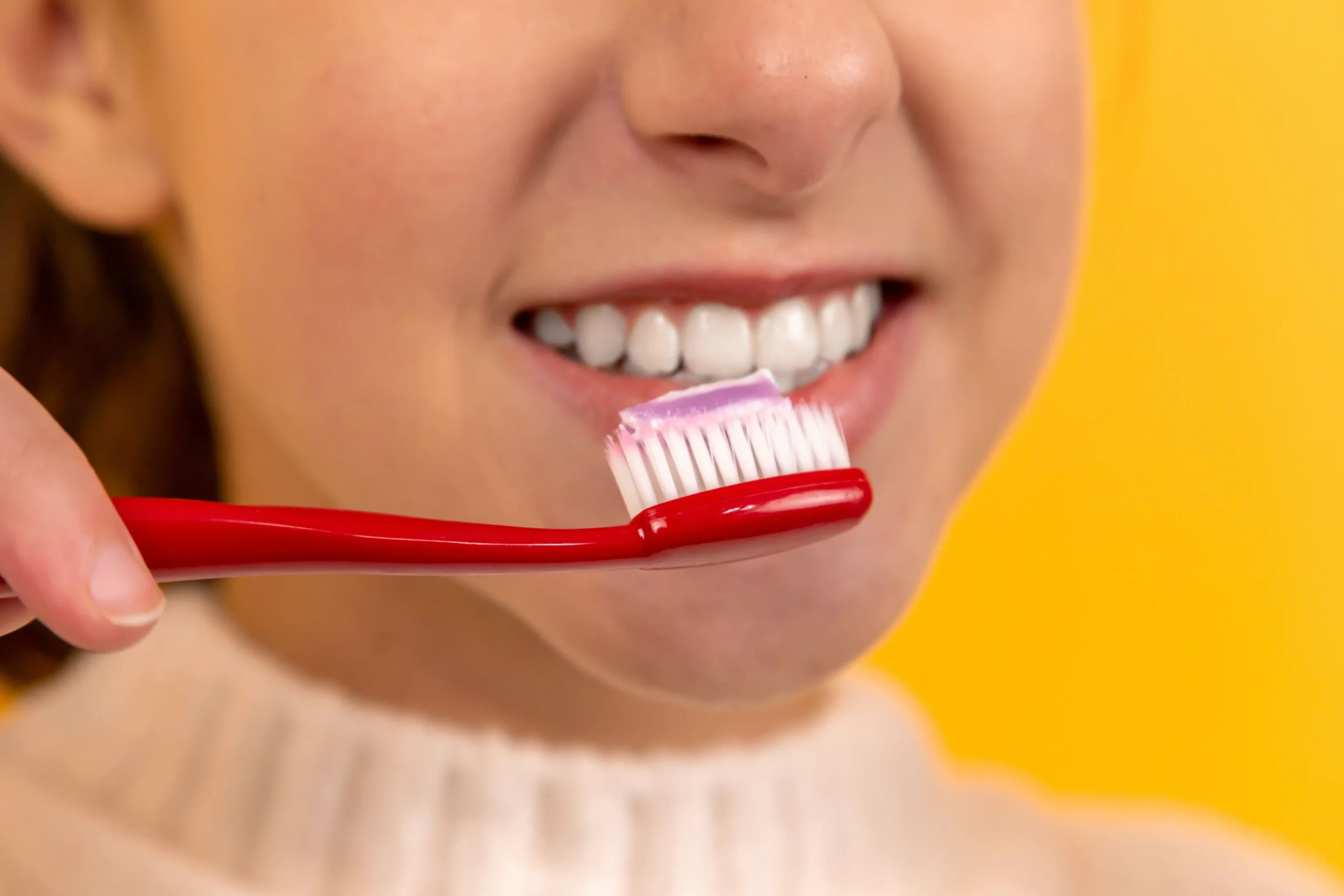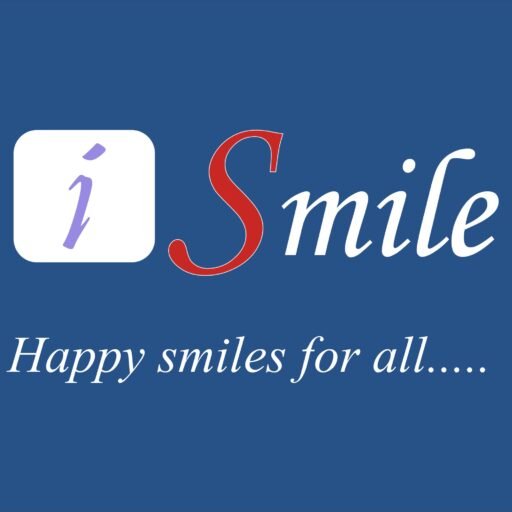Why Tooth Brushing is important?

Tooth brushing also helps to prevent gum disease by preventing the formation of plaque deposits. Plaque deposits are soft and can be removed easily with just tooth brushing. If it is left for a longer time and gets mineralized, it will turn into a hard deposit called tartar. Once tartar is developed it can not be removed with normal brushing. In such cases, you required complete professional scaling and polishing with ultrasonic scalers at a dental clinic.
Facts about tooth brushing
Choosing a right toothbrush
The toothbrush comes in different sizes and shapes. Usually, smaller brushes are chosen for children, and as you grow advance to adult brush size. Look for softer bristle quality and avoid hard ones. Also, look for the size that fits properly in your mouth and you can easily reach all areas comfortably.
How much time is needed to brush your teeth?
You should brush your teeth at least twice daily for maintaining good oral hygiene. The best habit is brushing once in the morning and once the night before you go to bed. Nighttime brushing is very important to prevent tooth decay and you should never skip it. And remember to brush all the surfaces -outer, inner, and biting surface properly and should devote at least 2 mins of your time.
How long you should use a toothbrush?
You should look for the bristles of your brush, if they are flared it is good to change your brush. Usually, you should change a toothbrush in 3 to 4 months. Also if your toothbrush bristles are flared too often, you are exerting much pressure while brushing.
Which toothbrush is better manual or electric?
There is no doubt with all the clinical studies that electric toothbrushes are more efficient than manual toothbrushes. Electric toothbrushes have rotational-oscillatory motion and help to clean teeth very efficiently. With manual toothbrushing, you have to be careful about the right strokes and motion of scrubbing. Extensive pressure given on teeth and gums while brushing with hard bristles can damage your teeth, and gums and result in dental issues.
Which Toothpaste is best?
Special kinds of toothpaste are recommended for issues like sensitive teeth and bleeding gums. You should use special medicated toothpaste that is prescribed by a dentist for your specific dental issue. India also hosts many kinds of toothpaste with Ayurvedic ingredients that have proven oral health benefits like Dabur Red paste, Patanjali Dant Kanti, Vicco Vajradanti, and many more.
Can I use sensitivity toothpaste regularly?
It is best to get your dental condition checked by a dentist to know the exact cause of your sensitive teeth or bleeding gums. If a dentist suggests you some medicated toothpaste then use it as directed for a period suggested to overcome your dental issues. Without, finding a specific cause of your discomfort and delaying a specific diagnosis can bring more troubles in the future.
Can I drink Water immediately after brushing?
It is always recommended to wait at least 15 to 20 mins after brushing to drink water or beverages. Also, make it a point to wait at least 30 mins to start eating anything after brushing. This time is required for fluoride from toothpaste to act on your teeth surfaces to restore losses and keep them healthy.
After toothbrushing should I rinse with water or wait?
Dentists recommend waiting for at least 15-20 mins before rinsing with water. This way fluoride in your toothpaste can act over the teeth’ surfaces and can repair them. If you have dental decay and many cavities in your teeth it is advisable to follow this so that your teeth get better effects from flouride.
The best method to brush your teeth
1) Place your bristles at a 45-degree angle on the gum line contacting teeth and gums.
2) Brush the outer surfaces of teeth with gentle force and vibrating back-and-forth rolling motion. Make strokes from the gums towards the tooth surface. Move the brush towards the biting surfaces. clean 2 – 3 teeth set and move to the next set and repeat.
3) Clean the inner surfaces of teeth the same way place bristles at 45 degrees on the gum line and vibrating back and forth rolling motion is used gently. Keep moving the brush from the gums toward the teeth surface and biting surface.
4) Tilt the brush vertically behind the front teeth and make an up-down movement with half of the brush from the gums towards the teeth edge.
5) To clean biting surfaces place brush bristles over the biting surface and move back and forth motion.
6) Make sure to clean the tongue with back-and-forth motion over the surface of the tongue to remove bacterial lodgement over the tongue.
Different Brushing Techniques
Patients using orthodontic appliances, dental implants, fixed prostheses, etc. are advised of different brushing methods by dentists.



Recent Comments